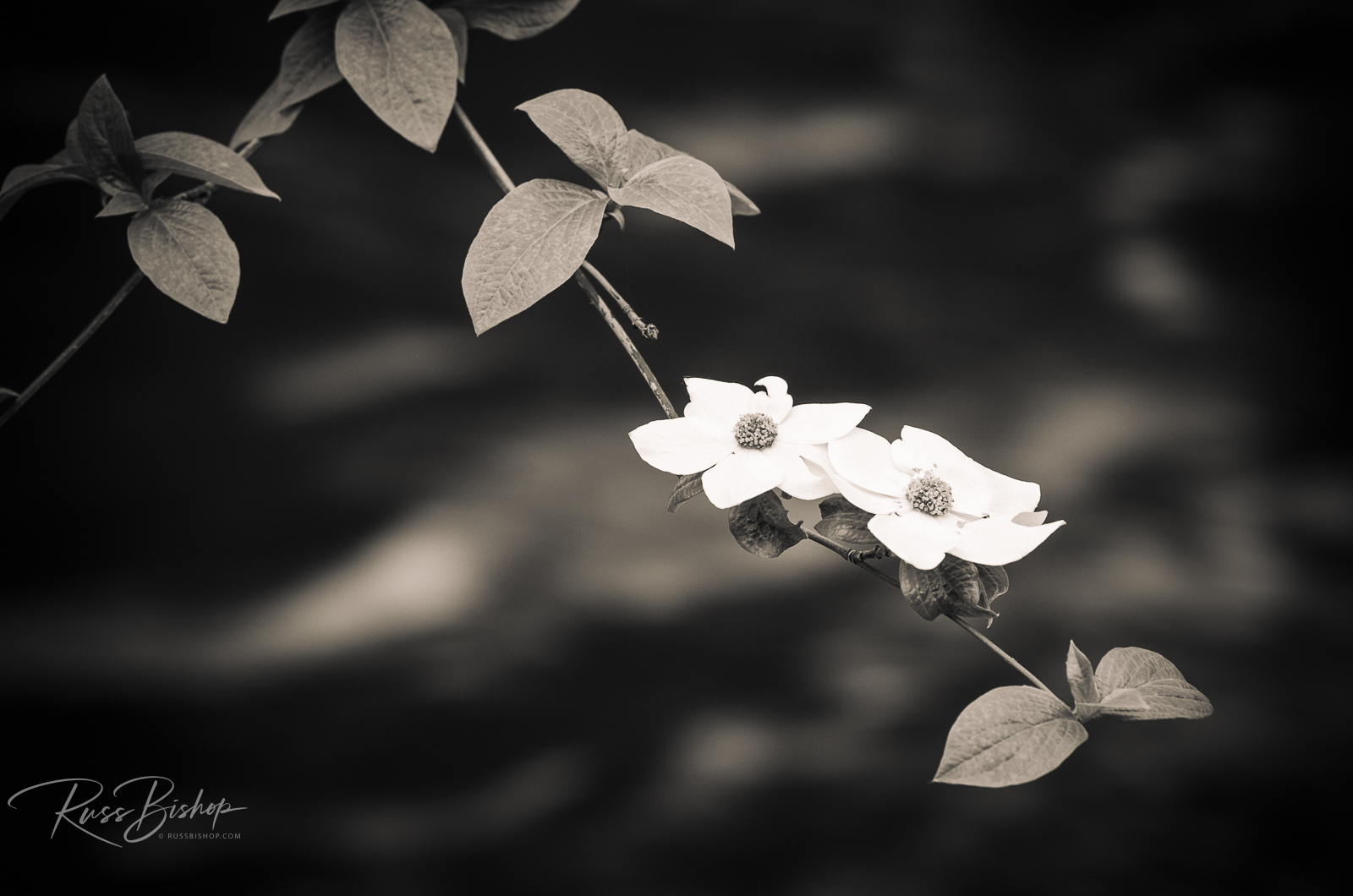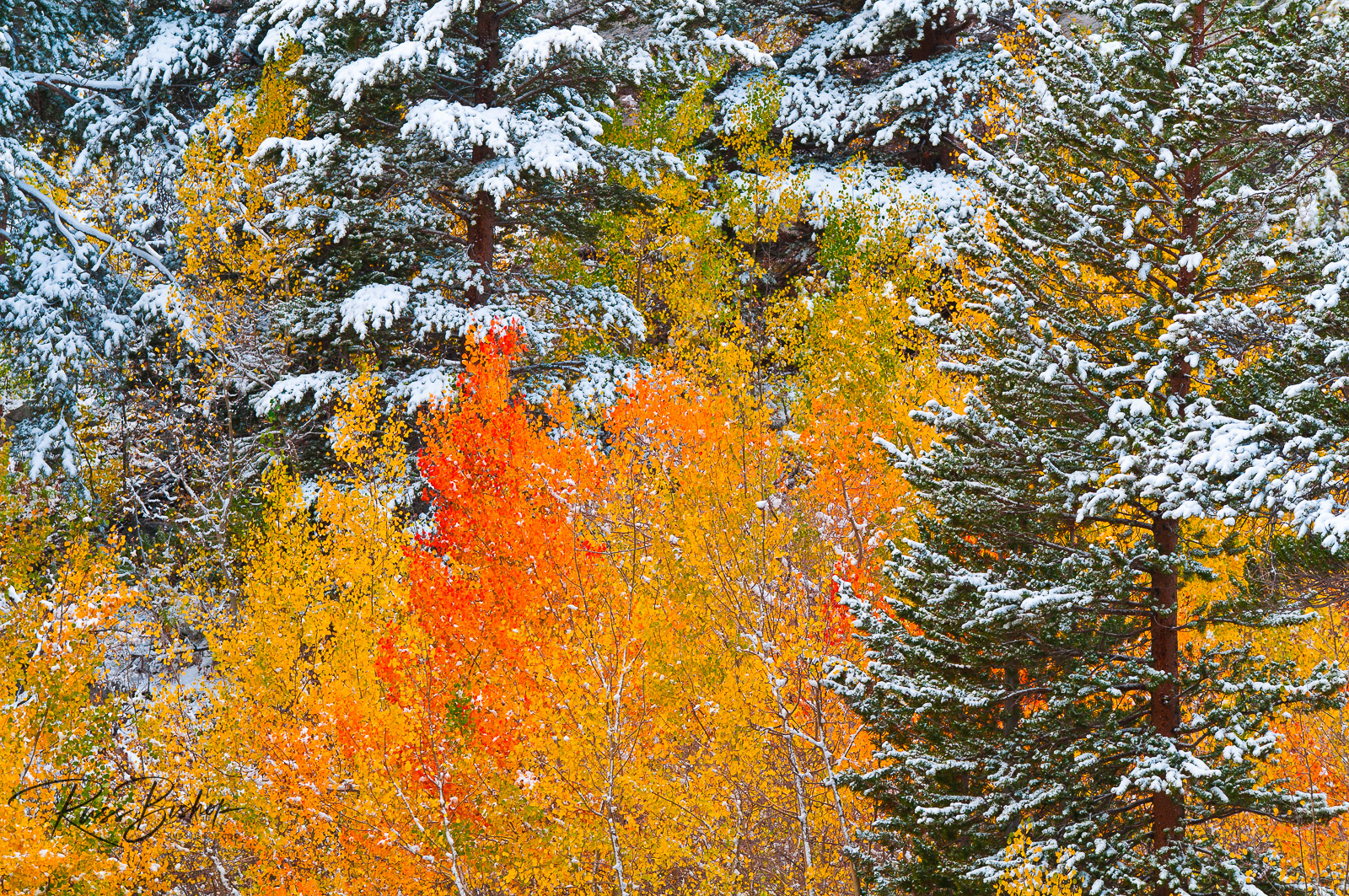
The World of Light & Shadow. In the continuing search to develop our photographic vision it’s often said that trying a new or different approach yields the best results. While we employ many tried and true techniques in our craft that help to define our style, it’s the ongoing challenge to see the world anew that offers the greatest rewards in helping us grow creatively.
If you typically use wide-angle lenses switch to a telephoto and isolate elements from the bigger picture. When shooting under sunny skies is the norm try the soft diffused light of an overcast day to eliminate shadows and create rich, saturated colors. As I’ve mentioned before, filters can also be an indispensable tool in shaping and controlling light in the field, and are almost always preferable to post processing. One exception is the conversion to monochrome.
With today’s powerful controls in Lightroom and Nik Software’s Silver Efex Pro, it’s now possible to make gorgeous black and white conversions from our color files that express all the subtleties and tonal range once only achievable with film and a darkroom. The challenge here is to seek out images that work well in monochrome. Typically high contrast scenes with defined edges and shadow detail are strong contenders, but there are no hard fast rules and experimentation is the key.
Although I don’t always shoot with black and white in mind, I’ve discovered many images in my files that express my emotional response to the scene much clearer than the color version. Most current digital cameras do have a black and white shooting mode, but it’s always preferable to shoot in RAW and then convert using the full tonal adjustments available in the programs I’ve mentioned. The added benefit is that you always have your original when color is the best option.
So spend some time reviewing your images with a new perspective in mind. You might just find some real gems that were waiting to be discovered in the world of light and shadow.
©Russ Bishop/All Rights Reserved

